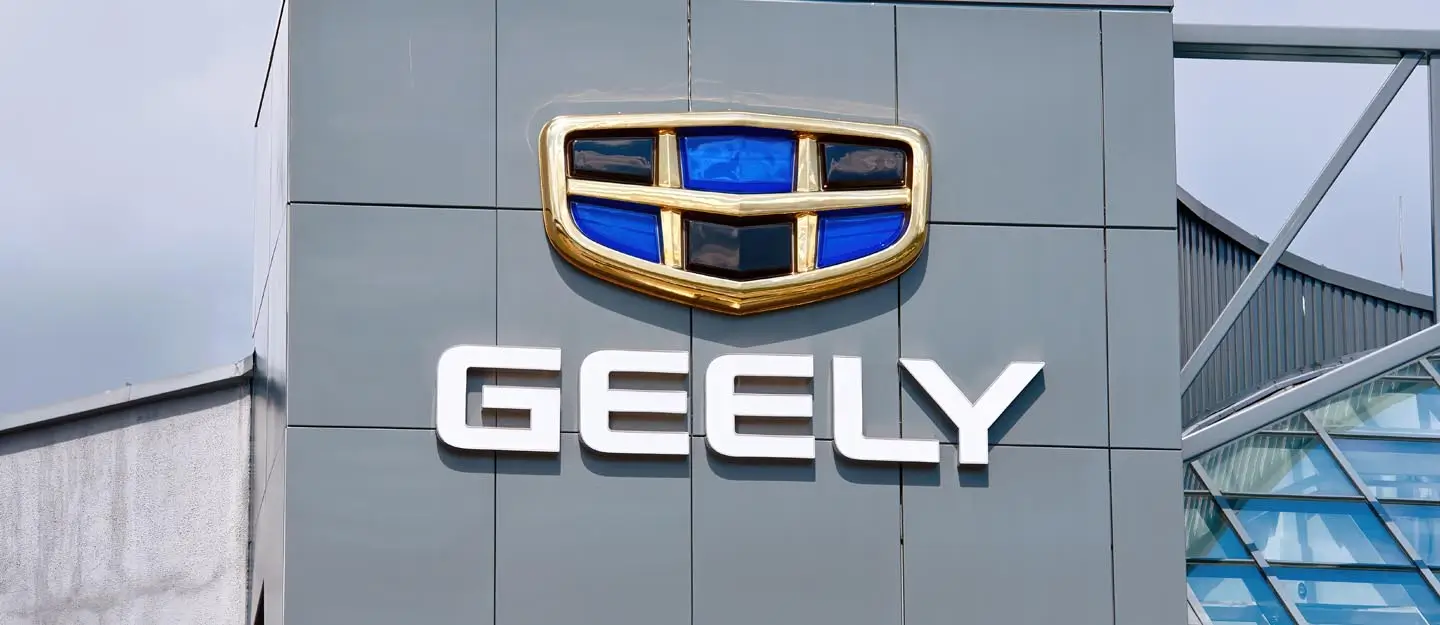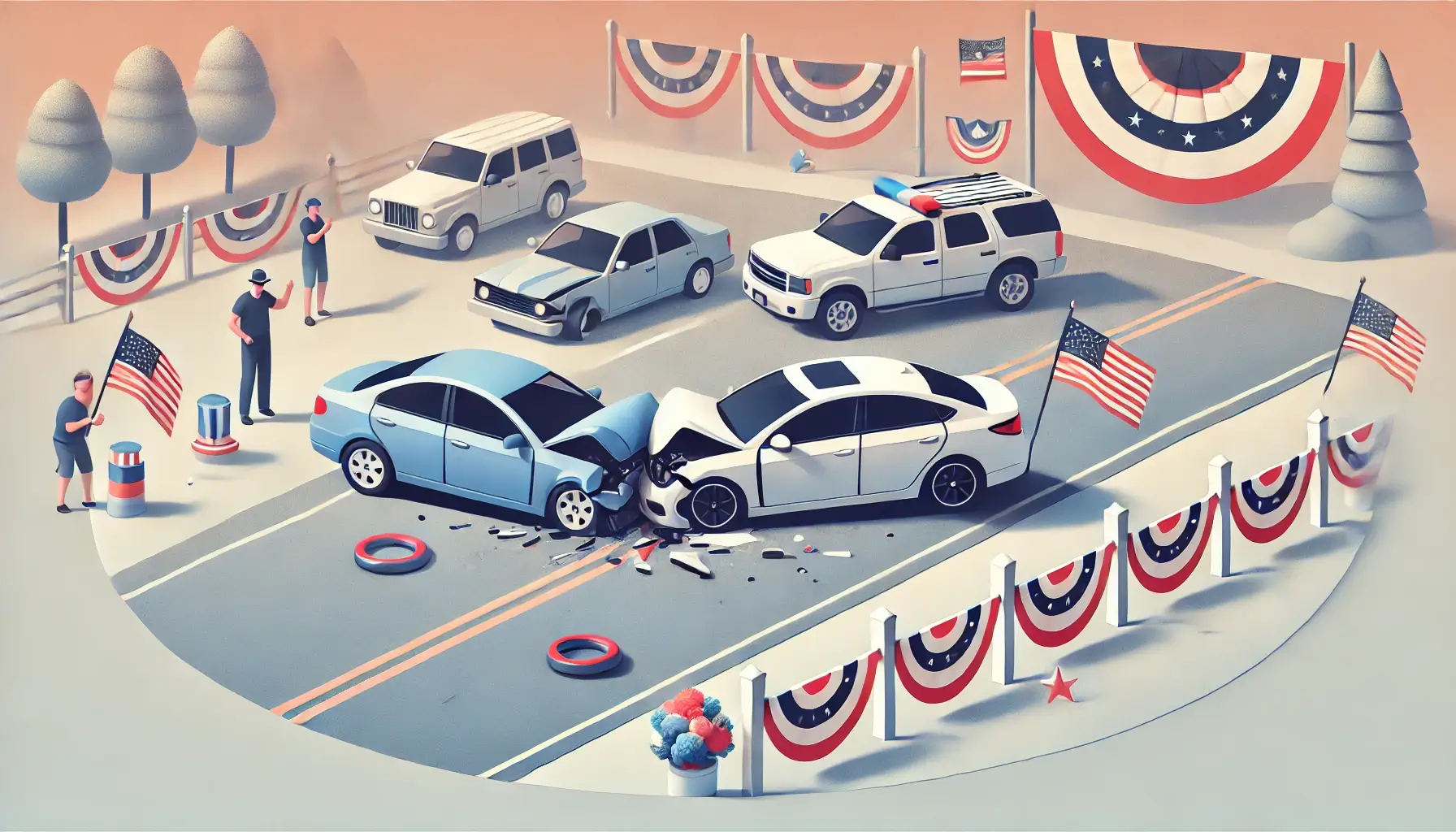How AI Transforms the Vehicle Salvage Process (PDF)

In the world of salvaging vehicles, there’s a complex process that unfolds before a vehicle is deemed salvage-worthy. Traditionally, this process was largely manual or semi-automated. However, the salvage industry has undergone a significant transformation by embracing the power of artificial intelligence (AI). To truly appreciate the impact of this automation, it’s crucial to understand just how intricate and time-consuming each step of the process can be. In this article, we’ll delve into the various stages of the salvaging process and explore how the integration of AI has revolutionized the industry, expediting salvage claims.
Why a Vehicle Ends Up in Salvage

When a vehicle is involved in an accident, the initial response is not necessarily to salvage it; often, attempts are made to repair and revive it. Analysts weigh the costs of repair against the vehicle’s total loss value to make a determination. If it proves economically unfeasible to restore the car to a usable condition, it is designated for salvage.
Here are six common reasons a vehicle may be salvaged:
1. Major Accidents: These are high-impact accidents that result in a vehicle being declared totaled. An insurance agent or investigator assesses repair costs compared to the vehicle’s actual cash value (the pre-accident market value, excluding the original purchase price). If the repair costs significantly exceed the actual cash value, salvaging is recommended.
2. Natural Disasters: Various natural disasters, such as earthquakes and floods, can inflict extensive damage on vehicles. While earthquake damage is usually more apparent, flooding can lead to hidden internal damage. In flood-prone areas, insurance policies may cover flood damage, but in many cases, salvaging is the safer choice.
3. Kit Cars: Kit cars, often assembled by mechanic enthusiasts from component kits, can pose challenges when repairs are needed. The mix of components from different suppliers and brands can complicate repairs, making salvaging a more viable option.
4. Aftermarket Parts: Vehicles modified with non-dealer-supplied parts, such as fenders, can create uncertainties during repairs. Although these modifications may initially appear fine, long-term issues can arise due to the introduction of non-standard components.
5. Stolen Vehicles: Vehicle theft cases can lead to uncertainties regarding the condition of the recovered car. Salvaging may be preferred to mitigate potential risks and legal complexities.
6. Antique Vehicles: Restoring antique vehicles to roadworthy condition requires expert craftsmanship. However, even fully restored antiques may not meet modern safety standards, making salvaging a practical choice.
Labels Associated with Salvage Projects
Once a decision is made to salvage a vehicle, it is assigned a specific label based on the salvaging yard’s organizational preferences. These labels help categorize the salvaging process:
1. Clear Title: This is assigned to vehicles that have not previously undergone the salvaging process.
2. Salvage Title: Given to vehicles declared totaled in an accident, salvage titles often have subcategories:
- Repairable: These are total loss vehicles that can be feasibly repaired and sold as second-hand cars, taking into account the nature of the damage.
- Parts Only: Vehicles with no hope of repair are stripped down for parts.
- Reconstructed Title: This title applies to vehicles that have undergone salvage before, especially important for second-hand car buyers.
- Recovered Theft Title: Assigned to vehicles found after theft, decisions on salvage or restoration are made in consultation with the owner.
- Owner-Retained Title: Vehicles that the owner decides to restore and continue using.
Points to Consider
The salvaging process relies on customer discretion, but technical aspects are critical. Each label has specific implications, and some decisions may be irreversible. For example, once an owner-retained title is chosen, reverting to other titles may not be possible. Decisions can also impact insurance coverage, making it essential for customers to make informed choices.
AI’s Impact on the Salvage Industry

The auto salvage industry has undergone a significant transformation through AI integration. This shift was exemplified by BidCall’s vision to “Change the way you see salvage.” Co-founder Racer Yoemans envisioned merging elements of the auto recycling industry to bring innovation and precision to the bidding process.
Today, this vision is being realized through fully automated integration. Instead of manual uploads of vehicles and bids, integration leverages partnerships with Auto Bid Live and Claims Genius, streamlining the bidding process. Demand-driven data enhances the speed, accuracy, and efficiency of auction bidding for integrated customers.
BidCall’s algorithm utilizes customer data to refine the bidding process further. Technologically advanced vehicle assessments are in development, enhancing accuracy in vehicle assessment. AI algorithms assess damage, including the finest dents and scratches, with a focus on mechanical and body parts. Bids are generated and reviewed, with options for interchange and price adjustments before being uploaded to the Auto Bid Live platform.
The integration of AI technology aims to reduce human error and improve accuracy in data collection, benefiting the entire industry and optimizing profit yields for buyers. BidCall stands at the forefront of these advancements, preserving industry traditions while integrating innovative solutions.
To Wrap Things Up
The salvaging process has evolved significantly, thanks to AI integration. This transformation streamlines operations, enhances accuracy, and benefits all stakeholders in the auto salvage industry. As technology continues to advance, the industry remains committed to delivering precision and profitability without compromising quality. BidCall’s pioneering efforts demonstrate the path toward a brighter future for vehicle salvaging.
For more posts about the automotive market, check out our blog




